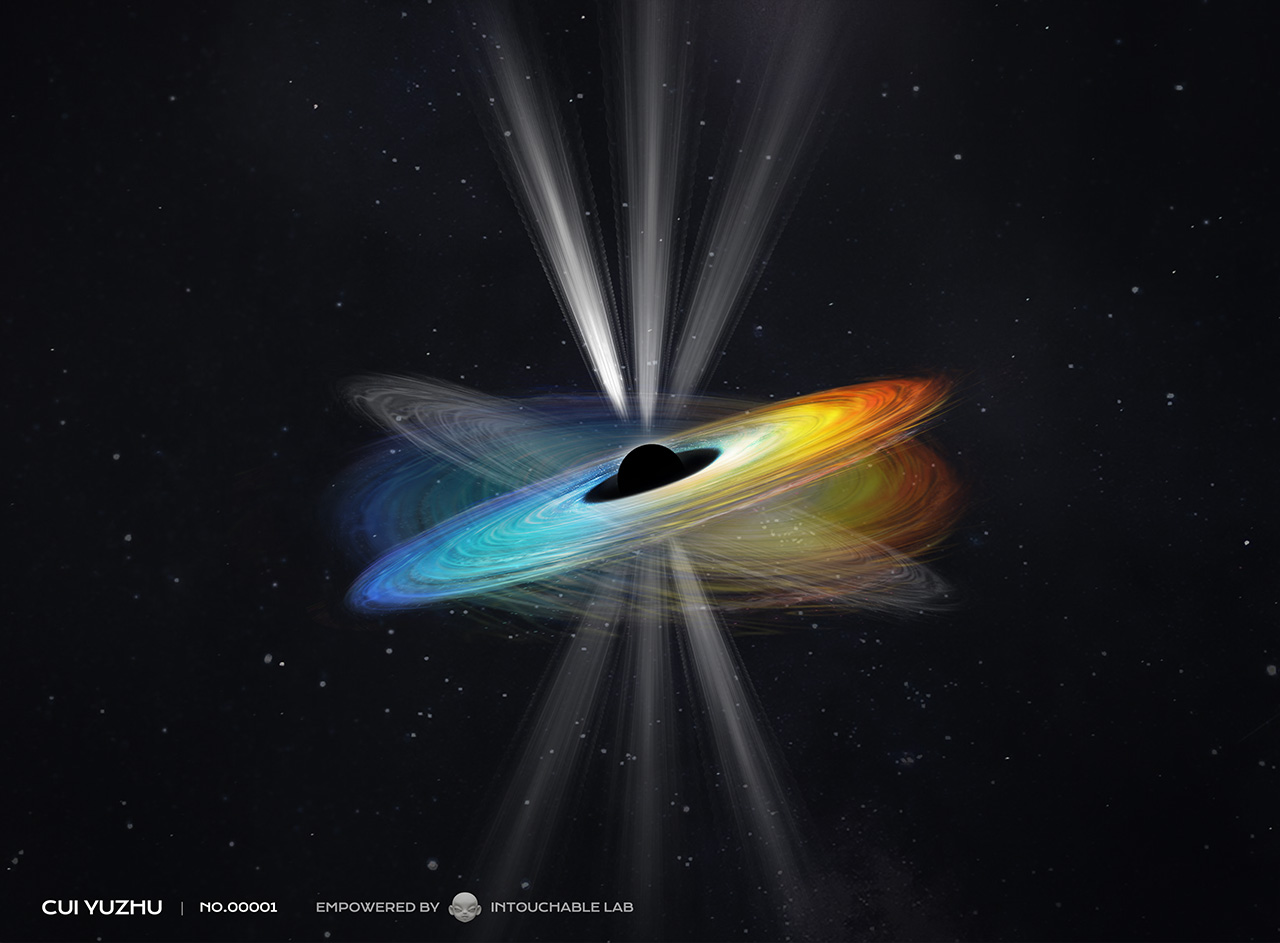
The supermassive black hole at the heart of galaxy M87, made famous by the first picture of a black hole shadow, has yielded another first: the jet shooting out from the black hole has been confirmed to wobble, providing direct proof that the black hole is spinning.
Super massive black holes, monsters up to billions of times heavier than the Sun that eat everything around them including light, are difficult to study because no information can escape from within. Theoretically, there are very few properties that we can even hope to measure. One property that might possibly be observed is spin, but due to the difficulties involved there have been no direct observations of black hole spin.
Searching for evidence for black hole spin, an international team analyzed over two decades of observational data for the galaxy M87. This galaxy located 55 million light-years away in the direction of the constellation Virgo harbors a black hole 6.5 billion times more massive than the Sun, the same black hole which yielded the first image of a black hole shadow by the Event Horizon Telescope (EHT) in 2019. The supermassive black hole in M87 is known to have an accretion disk, which feeds matter into the black hole, and a jet, in which matter is ejected from near the black hole at close to the speed of light.






